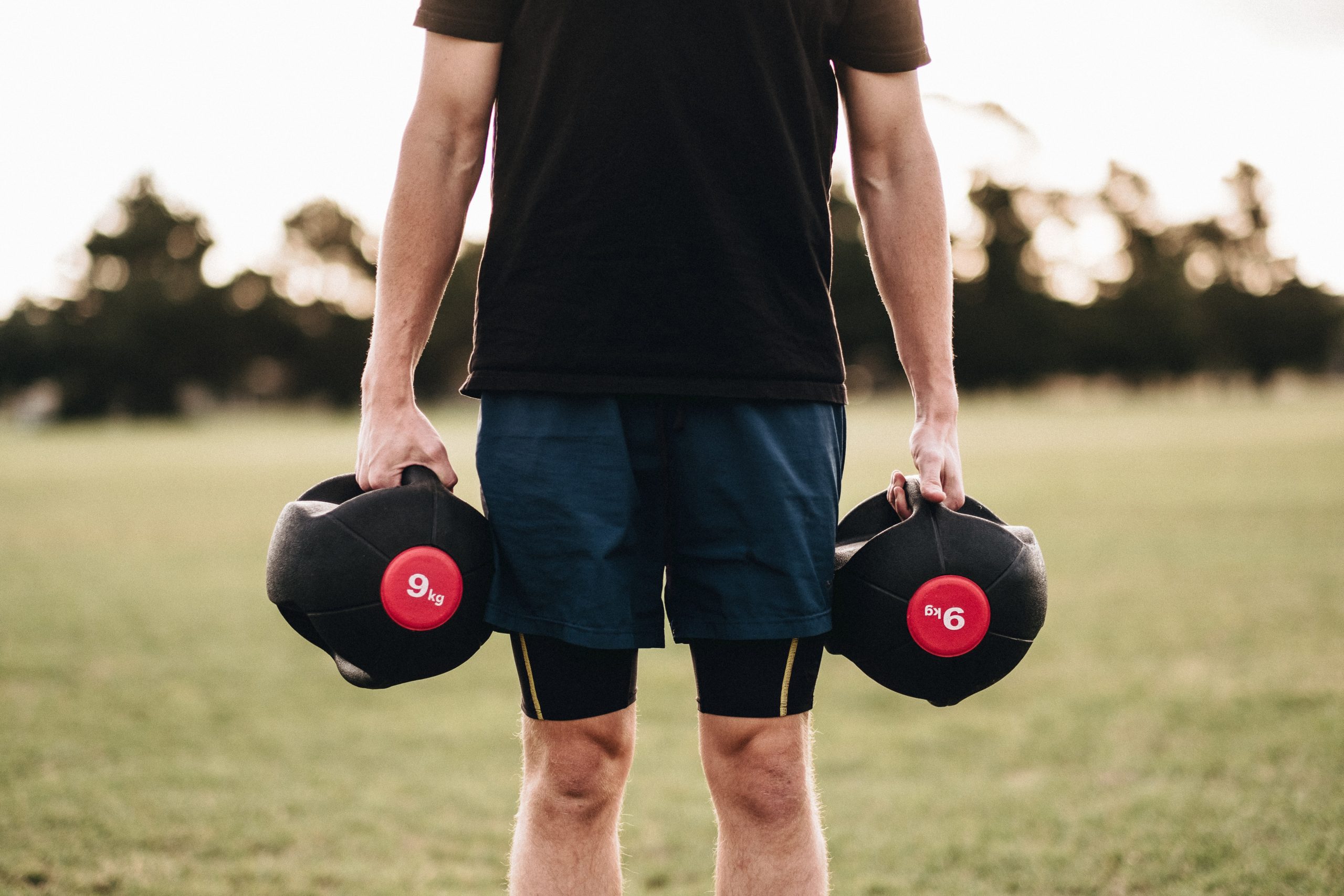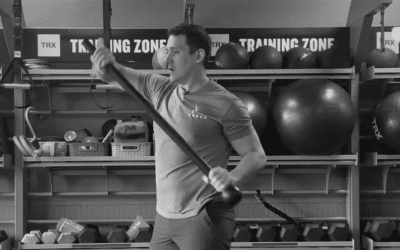What the Science Says About Creatine
Creatine supplements have a lot of science behind them. This article will cover what the science says behind this product.

Written By
Momentous
This article was written by the Momentous team, the leading provider of Informed Sport and NSF Certified for Sport performance nutrition products, which are trusted by pro athletes and teams worldwide.
What Science Says About Creatine and How to Use It
Whey protein is arguably still the king of the supplements castle, but if there was an heir apparent, it’d have to be creatine.
Why? Because 20+ years of scientific studies show that it helps power and endurance athletes alike increase their physical performance, heighten cognition, and speed recovery.
We’ll get into what the seminal studies say in a moment. But first, here’s Tim Caron, former head football strength and conditioning coach at Army West Point and founder of Allegiate, to break down what creatine actually is and what it does in the body.
What is Creatine?
“Creatine is a combination of three amino acids: glycine, arginine and methionine,” Caron said. “These form a small peptide.
Creatine creates a phosphate reservoir. The more phosphates we have circulating in our system, the more readily we can create energy.
As we exercise, we burn through glucose and ATP and start to diminish our phosphate stores. Taking creatine is a way to top the level back up so we can replenish, repair, and get more energy in our workout.
While we can get creatine from certain foods like beef, it’s more bioavailable in the form of supplemental creatine monohydrate.”

So What Does Creatine Do?
The science overwhelmingly supports what Caron is saying.
A meta-analysis released via the Journal of Strength and Conditioning Research noted an average eight percent gain in strength output during intra-workout creatine supplementation.
Two scientists concluded that after a month of taking creatine, weightlifters not only increased maximum strength output but also minimized muscle damage incurred during training. And researchers in France conducted a review of multiple studies and concluded that taking creatine daily boosts upper body power.
Time for Creatine Supplements?
So if you’ve decided to take creatine, the next question becomes, “Should I do a loading phase or just start with a daily dose?”
You could spend the next year going down a Reddit rabbit hole here, but to save you the trouble, here’s what Caron’s fellow Momentous ambassador Dave Scholz, head strength and conditioning coach for Texas Tech football recommends.
Start by loading with 20 to 25 grams of creatine per day, broken up into four or five doses. After a weeklong loading phase, then transition into a daily maintenance dose of three to five grams.

Creatine Benefits
It’s a common misconception that creatine supplementation is only for those who like to lift heavy or play strength and power sports (not least because most creatine ads feature pictures of ripped guys and girls). But the literature suggests that athletes of all kinds can benefit from taking creatine daily.
A paper published in the International Journal of Sport Nutrition and Exercise Metabolism revealed that rowers built up less lactic acid in their bloodstream during slower sessions and increased their time to exhaustion after taking creatine for just five days.
“The harder you exercise, the quicker you deplete your phosphate reservoir, which is why every athlete needs creatine,” he said. “No matter what your desired outcome is – running faster, jumping higher, lifting heavier, or cycling longer – supplemental creatine consumption can help you get there. If you’re an active human being, I’d highly recommend you try it.”
Find Your Perfect Training Plan
Sometimes all you need to reach your destination on your fitness journey is an expert guide. Look no further, we've got you covered. Browse from thousands of programs for any goal and every type of athlete.
Try any programming subscription FREE for 7 days!
Related Articles
You May Also Like...
The Ultimate Guide to Lunges: Queen of all Glute Exercises
Your glutes are the largest muscle group in your body. They’re responsible for almost everything your legs do—walking, running, jumping, squatting, lunging, and just standing upright. As far as moving through space goes, strong glutes are the bedrock of overall...
A Beginner’s Guide to Steel Mace Training
Think you’ve mastered kettlebells? Meet the steel mace — the brutal, offset weapon that forces your body into three-dimensional stability, grip work, and rotational strength. Ancient tool. Modern performance.Written Byjesse grund Jesse Grund’s passion is simple: coach...
The Best Bench Press Warm Up Strategy
We get it. You’re pressed for time in the gym. But skipping the warm up is the surest way to underperform and risk injury. This 3D approach to your bench press warm up not only allows you to lift more weight, but also ensures the long-term health of your shoulder...
The Ultimate Guide to Lunges: Queen of all Glute Exercises
Your glutes are the largest muscle group in your body. They’re responsible for almost everything your legs do—walking, running, jumping, squatting, lunging, and just standing upright. As far as moving through space goes, strong glutes are the bedrock of overall...
A Beginner’s Guide to Steel Mace Training
Author: Jesse Grund
Mace training will make you a better mover without it’s not confining you to a fixed space or predetermined range of motion. Second, it’s an offset load with 80 to 90 percent of the weight in the head. You’re also constantly having to resist rotation, which creates greater core engagement.

Want more training content?
Subscribe
For Coaches
For Athletes
About
Support
Training Lab
Access the latest articles, reviews, and case studies from the top strength and conditioning minds in the TH Training Lab!
Made with love, sweat, protein isolate and hard work in Denver, CO
© 2024 TrainHeroic, Inc. All rights reserved.





